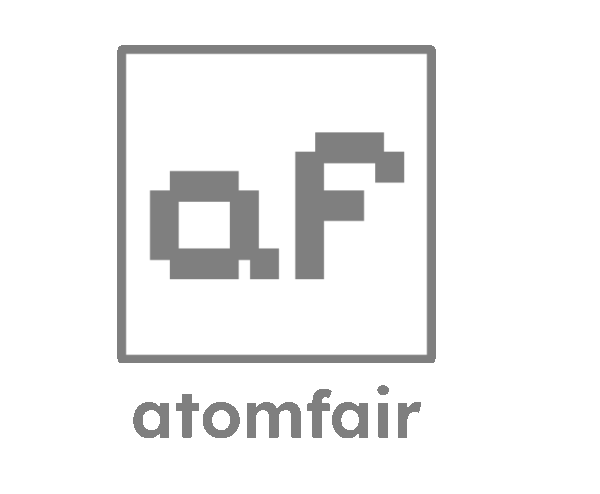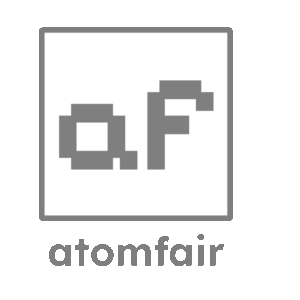Description
Key Properties & Advantages
ZIF-67’s versatility stems from its cobalt-centered structure and zeolitic framework:
Cobalt-Driven Activity: Cobalt nodes provide Lewis acid sites and redox activity, enhancing catalytic performance in reduction/oxidation reactions and enabling electroactive behavior in energy devices.
High Porosity & Surface Area: Features a well-defined porous network with a large BET surface area (typically 1200–1600 m²/g) and uniform pore size (~1.1 nm), facilitating efficient molecular diffusion, adsorption, and catalytic site accessibility.
Exceptional Chemical Stability: Exhibits robust stability in aqueous and organic environments (pH 3–11) and moderate thermal resistance (up to 300°C under inert conditions), outperforming many MOFs in practical operational settings.
Processability: Easily fabricated into powders, thin films, or composites with other materials (e.g., cement, polymers, substrates), expanding its applicability across industries.
Tunable Functionality: Retains structural integrity during post-synthetic modification (e.g., metal doping, ligand functionalization), allowing customization for target applications.
Core Applications
Biosensing & Disease Diagnosis
ZIF-67’s high surface area and cobalt-mediated catalytic activity make it an ideal component in composite materials for biosensing:
Enhances catalytic and electrocatalytic signals in biosensors, enabling sensitive detection of biomolecules (e.g., biomarkers, pathogens) via amplified electrochemical or optical responses.
Its porous structure can encapsulate recognition elements (e.g., antibodies, enzymes), improving specificity in diagnostic assays.
Cement Composites
When incorporated into cement composites, ZIF-67 delivers significant performance enhancements:
Improves compressive strength by reinforcing the cement matrix and reducing porosity through controlled particle dispersion.
Refines microstructure by facilitating more uniform hydration of cement particles, enhancing durability and resistance to cracking.
NOₓ Selective Reduction Catalysis
ZIF-67 excels as a catalyst for NOₓ (nitrogen oxide) reduction, a critical process in environmental pollution control:
Exhibits high activity for selective catalytic reduction (SCR) of NOₓ using CO as a reducing agent, even under oxygen-rich conditions (mimicking industrial flue gas environments).
Cobalt nodes act as active sites for NOₓ adsorption and activation, promoting efficient conversion to N₂ and CO₂.
Photocatalytic CO₂ Reduction
In sustainable energy research, ZIF-67 is a promising material for photocatalytic CO₂ conversion:
Demonstrates exceptional performance in reducing CO₂ to CO under light irradiation, with high CO production yields attributed to cobalt’s redox activity and the framework’s ability to concentrate CO₂ molecules.
Its porous structure enhances light absorption and charge separation, overcoming common limitations of low efficiency in photocatalytic systems.
Supercapacitor Thin Films
ZIF-67 thin films, fabricated on various substrates (e.g., carbon cloth, metal foils), are ideal for supercapacitor applications:
Display robust electrochemical performance, including high specific capacitance, excellent cycling stability (≥10,000 cycles), and rapid charge-discharge rates.
The cobalt-based framework enables pseudocapacitive behavior, complementing the electric double-layer capacitance of porous carbon substrates for enhanced energy storage.
Technical Specifications
Parameter Details
Chemical Composition Cobalt(II) 2-methylimidazolate (Co(C₄H₄N₂)₂)
Appearance Purple crystalline powder (thin films: uniform purple coatings)
BET Surface Area 1200–1600 m²/g
Pore Size ~1.1 nm (uniform microporous network)
Thermal Stability Up to 300°C (inert atmosphere); stable up to 200°C in air
Chemical Stability Stable in water (pH 3–11) and organic solvents (e.g., methanol, ethanol, DMF)
Quality Assurance
Each batch of ZIF-67 undergoes rigorous characterization to ensure performance consistency:
X-ray diffraction (XRD) confirms zeolitic topology and crystallinity.
Nitrogen adsorption-desorption analysis verifies surface area and pore size distribution.
Scanning electron microscopy (SEM) ensures uniform particle morphology (powders) or film coverage (thin films).
Catalytic activity testing (for selected batches) validates functionality in model reactions (e.g., CO oxidation).
A certificate of analysis (CoA) is provided with each order, documenting batch-specific properties.
Packaging & Storage
Storage: Store at room temperature in a dry environment. Avoid prolonged exposure to strong acids or reducing agents to preserve structural integrity. Shelf life is ≥12 months under proper storage conditions.
Why Choose ZIF-67?
ZIF-67 bridges catalysis, materials science, and energy storage, offering a rare combination of stability, porosity, and cobalt-driven activity. Whether you’re developing biosensors, high-strength composites, or CO₂ conversion technologies, its versatility and consistent performance make it a valuable asset for advancing research and industrial applications.
Contact our technical team for customization (e.g., particle size tuning, thin film substrates) or application-specific data.
For research and industrial use only. Not intended for medical or food-related applications.

